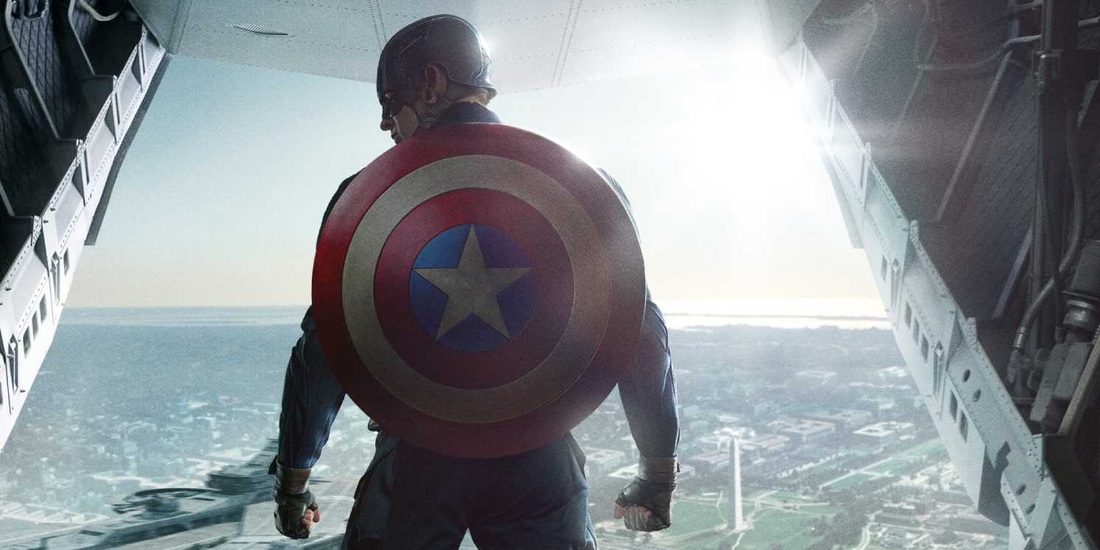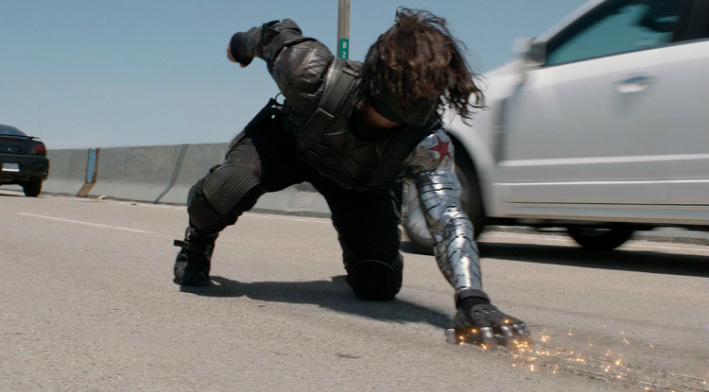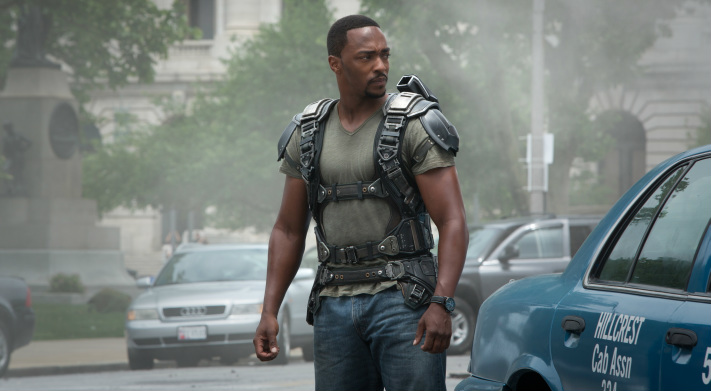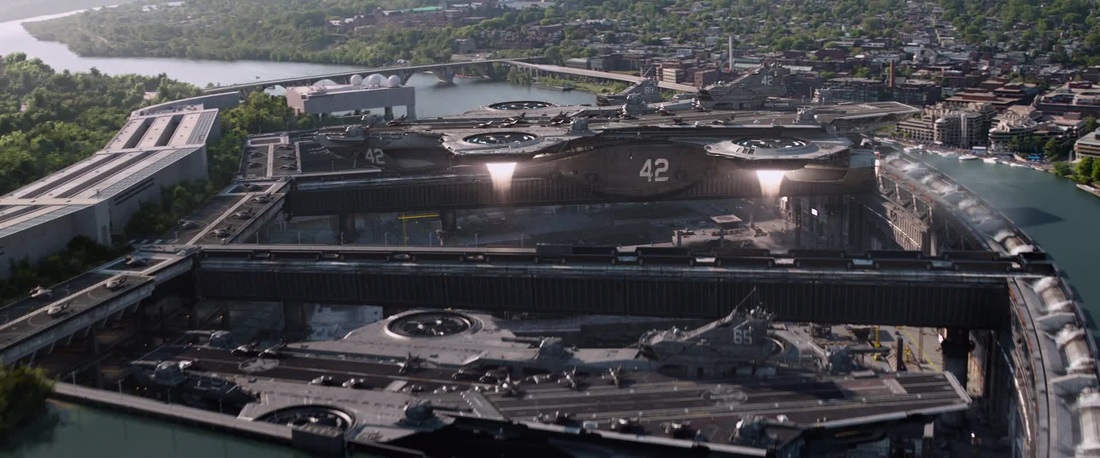The VFX of Captain America were completed by the visual effects company Industrial Light & Magic (ILM), which has worked previously on films such as Pirates of the Caribbean (Gore Verbinski, 2003) and Rango (Gore Verbinski, 2011), and has won a multitude of Oscars for best VFX for films like The Abyss (James Cameron, 1989)and Jurassic Park (Steven Spielberg, 1993). The company began as a division of Lucasfilm, which George Lucas created when he was working on Star Wars (1977), and it eventually evolved into the company that it is now. ILM has become one of the most successful VFX companies in the world. Within the company, Dan Deleeuw was the VFX supervisor for Captain America, having previously helped with projects such as Iron Man 3 (Shane Black, 2013), Serenity (Joss Whedon, 2005) and Armageddon (Michael Bay, 1998). Let’s look at a few ways in which CGI and VFX were used for this film.
There was an enormous amount of VFX and CGI in Captain America: The Winter Soldier, even more than what I laid out here. If you go see the popular film in theaters, look for these VFX techniques, so that you may have a broader view of how the production team was able to create the story and images that you see on the screen. Check out the trailer below in case you haven’t yet seen it.





 RSS Feed
RSS Feed
